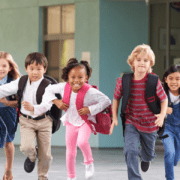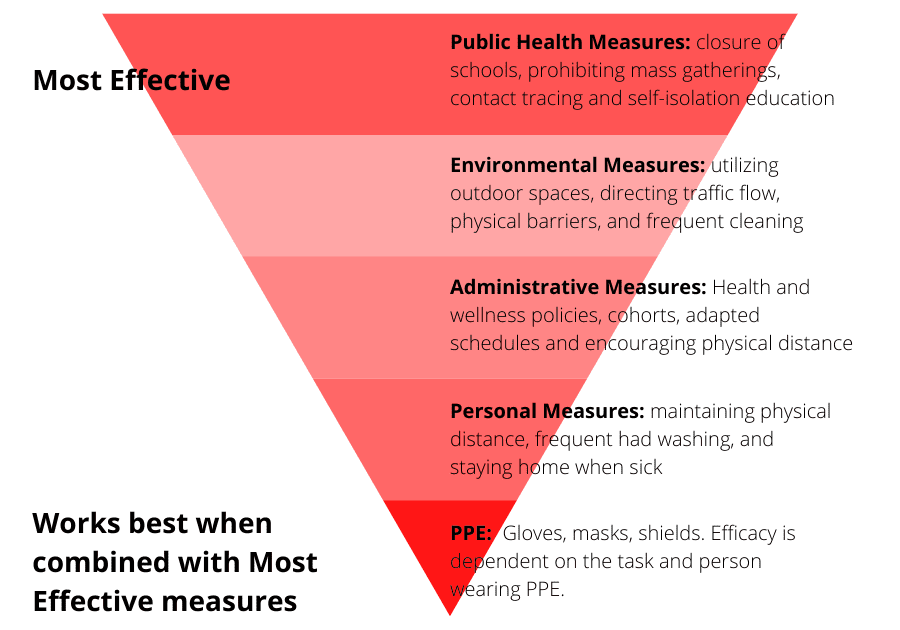Back to School 2020: COVID-19 Prevention and Control Measures

Classroom learning provides children the opportunity for collaborative learning, peer engagement, problem-solving, as well as overall wellness. It also provides many children access to programs and services that are integral to their social and emotional development.
Across Canada, students will be gradually restarting classes beginning Sept. 10, with measures in place to prevent widespread COVID-19 transmission. These measures are more effective in controlled environments where they can be routinely and consistently implemented and adjusted as needed.
Schools are considered a controlled environment by public health. This is because schools are made up of a consistent grouping of people, illness policies for students and staff are well defined, and personal practices for hygiene can be taught and monitored (e.g. diligent hand hygiene, respiratory etiquette, etc.).
As always, we rely on our teachers and school administrators to keep our children safe – let’s be patient and courteous to them. Let’s also help them where we can. By understanding the safety measures and the methodology behind them, we can reinforce our children’s own safety routines, so that our teachers can focus on their energy on teaching.
The Hierarchy for Infection Prevention and Exposure Control lists actions that should be taken to reduce the transmission of COVID-19. Actions at the top are most effective and broad-reaching, whereas the measures near the bottom require that all members of society chip in a little. By applying a combination of actions at each level, the risk of COVID-19 is substantially reduced.

Public Health Measures are actions taken across society at the population level to reduce the spread and impact of COVID-19. Each Provincial Health Officer has implemented public health measures, including the closure of schools and certain businesses, prohibiting mass gatherings, contact tracing, and communicating the importance of self-isolating when people feel ill.
Environmental Measures are changes to the physical space to reduce the risk of exposure, including utilizing outdoor spaces, using visual reminders for maintaining physical distance or directing traffic flow in hallways, building physical barriers, and frequent cleaning and disinfection.
Administrative Measures are the result of changes in policies, procedures, training, and education. Examples of these include health and wellness policies, defined cohorts (a group of students and staff who remain together throughout a school term), adapted schedules, and supporting those that must keep a physical distance from others.
Personal Measures are actions individuals can take to protect themselves and others. Examples include maintaining physical distance/minimizing physical contact, washing your hands frequently, wearing a mask when possible, coughing into your elbow, and staying home if you are sick.
Personal Protective Equipment (PPE) is not effective as a stand-alone preventive measure. It should be suited to the task and must be worn and disposed of properly. Outside of health- care settings, the effectiveness of PPE is generally limited to protecting others should you be infected.
The beginning of any school year brings excitement, anticipation, and sometimes, a little panic… for parents. We wish all parents the best of luck in helping their children adjust to the new normal at school.
We’d also like to thank our teachers for all the hard work that is ahead of them.
